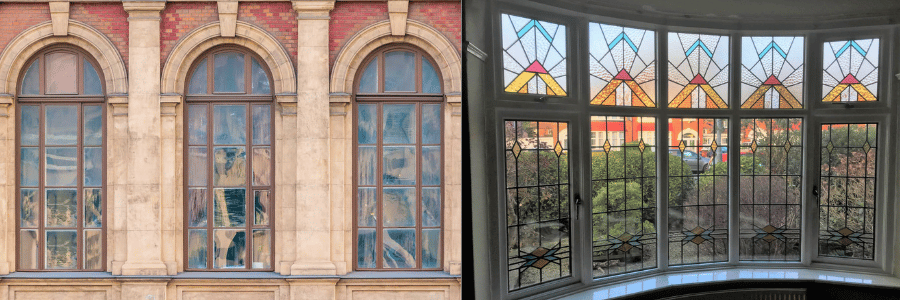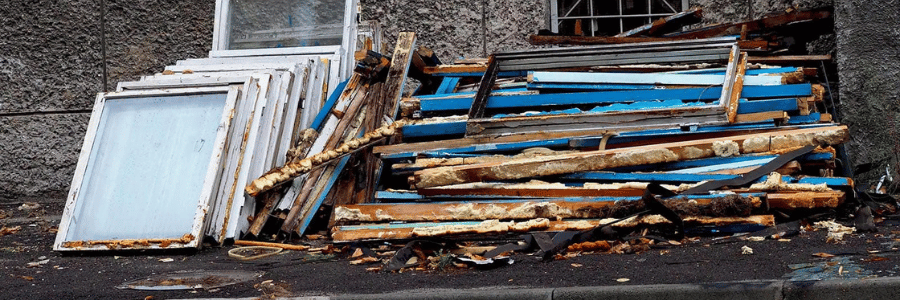Old windows can be a beautiful feature of any home, but over time, wear and tear can take a toll on their appearance, functionality, and energy efficiency. Whether you’re living in a charming historic home, an older building, or just have windows that need a little TLC, window restoration is a smart and sustainable option to consider before opting for a costly replacement.
Restoring your windows not only helps preserve the character of your home but can also improve their performance and extend their lifespan. In this complete guide to window restoration, we’ll walk you through the benefits, the restoration process, and key considerations to help you decide if this is the right solution for your windows.
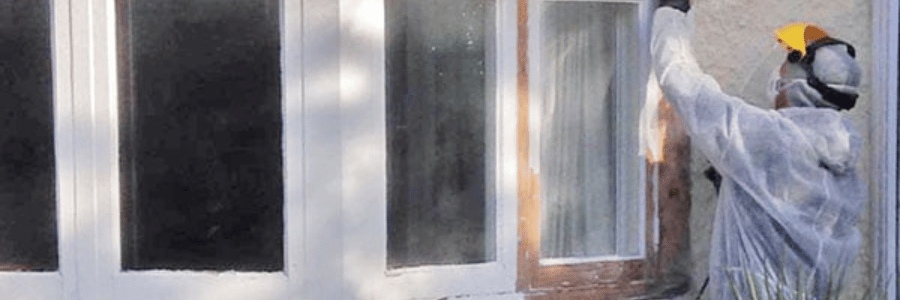
What is Window Restoration?
Window restoration is the process of repairing and revitalizing existing windows to restore their original functionality, aesthetic, and efficiency. The goal is to retain as much of the original material and craftsmanship as possible while addressing issues like drafts, broken sashes, or cracked glass.
Restoration typically involves several steps, such as:
- Cleaning and sanding the frames
- Replacing broken glass or panes
- Re-glazing or re-puttying the window
- Fixing damaged or rotting wood (if applicable)
- Repainting or refinishing the window frame
- Upgrading weatherstripping and hardware
Window restoration can be a great alternative to full replacement, especially if your windows have high-quality materials and you want to maintain their historical charm.
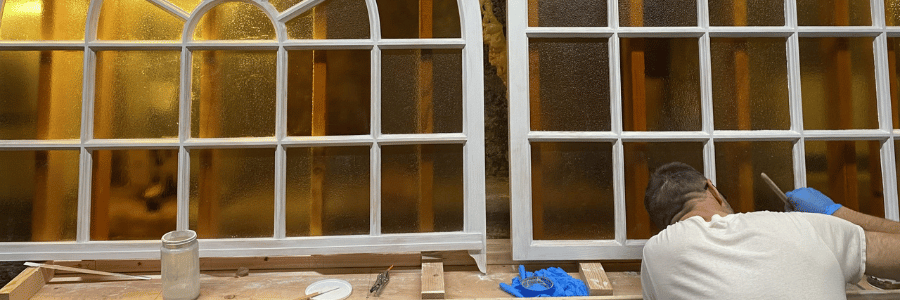
Benefits of Window Restoration
Before diving into the restoration process, it’s important to understand why it might be the right choice for your home. Here are several key benefits of restoring your windows:
1. Preserve Historical Value and Aesthetics
For homeowners in older or historic homes, the character and authenticity of the windows are often a key part of the home’s charm. Original wooden windows, stained glass, or ornate details contribute to the unique style of your home and its historical significance. Restoring windows allows you to retain these original features, which can be far more difficult (and expensive) to replicate with modern replacement windows.
2. Cost-Effective Solution
Window restoration can be far more cost-effective than full window replacement. The cost of purchasing and installing new windows—especially custom designs for older homes—can be quite high. In contrast, restoring existing windows typically costs less, especially if the frames are in good condition and only require minor repairs.
Additionally, the energy savings from restoring windows can also help offset the initial investment. By improving the seals, weatherstripping, and insulation of your windows, you can reduce drafts and improve energy efficiency, which can lower your heating and cooling costs.
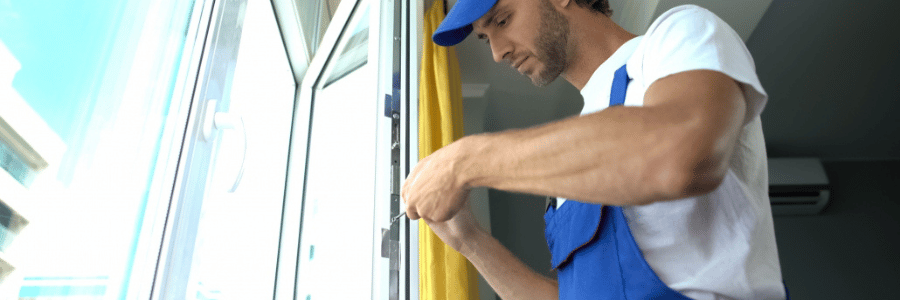
3. Improved Energy Efficiency
Older windows, particularly single-pane windows, are notorious for allowing heat to escape in the winter and entering your home in the summer. One of the key aspects of window restoration is improving the window’s energy efficiency.
During the restoration process, you can add features such as:
- Weatherstripping to seal gaps and prevent drafts
- Storm windows for added insulation
- Secondary glazing (adding a second layer of glass inside the original window) to enhance insulation
- Upgraded caulking and seals to ensure there are no leaks around the window frame
These upgrades can significantly increase the comfort of your home, reduce energy costs, and make your windows more effective at keeping the elements outside.
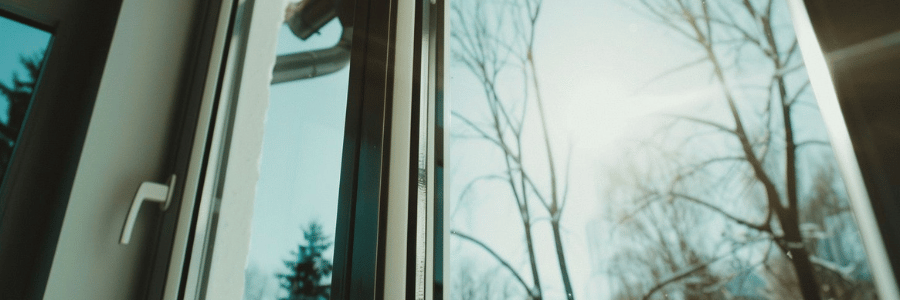
4. Eco-Friendly Option
Restoring your windows is an eco-friendly choice. Instead of discarding old windows and sending them to the landfill, you’re repurposing and reusing the materials that already exist. This is not only better for the environment but also contributes to sustainability. By choosing to restore rather than replace, you’re also reducing the demand for new materials and energy used in manufacturing and transportation.
The Window Restoration Process
The process of restoring windows can vary depending on the condition of the windows and the scope of work needed. Below is an overview of the key steps involved in the restoration of old windows.
1. Inspection and Assessment
Before starting the restoration process, a thorough inspection of the windows is essential. Look for:
- Structural integrity: Check for signs of wood rot, damage, or deterioration.
- Glass condition: Are there any cracks, chips, or broken panes?
- Weatherproofing: Are there drafts or signs of gaps around the frames?
- Hardware: Does the locking mechanism, sash, or window balances still function properly?
This assessment will guide the restoration plan, helping you prioritize the necessary repairs.
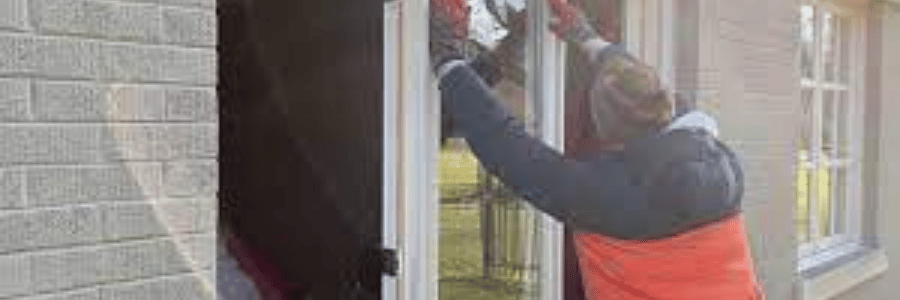
2. Cleaning and Sanding
Old windows often accumulate dirt, grime, and layers of paint over time. The first step in the restoration process is a thorough cleaning. You may need to use a paint scraper, wire brush, or gentle abrasive to remove old paint, rust, or debris.
Sanding the frame is essential for smooth surfaces and to prepare the wood or metal for a new coat of paint or finish. For wood windows, make sure to sand with the grain to avoid damage to the surface.
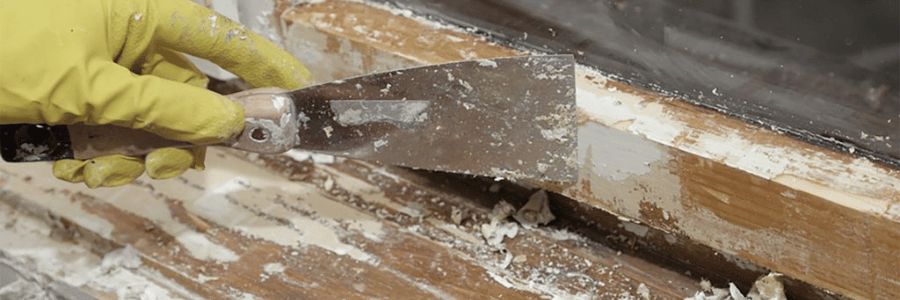
3. Repairing and Replacing Components
If the window has any damaged or rotting parts, these will need to be addressed. For wooden windows, it’s common to replace small sections of rotting wood or even replace sashes entirely if they are beyond repair. Wooden frames can be treated with preservatives or patched with epoxy fillers where needed.
If the glass is cracked or broken, it should be replaced with single- or double-glazed glass as appropriate. You may also choose to upgrade to more energy-efficient glass or add an insulating layer to improve performance.
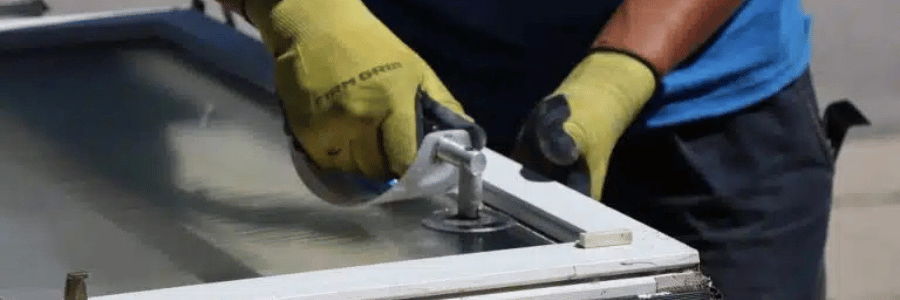
4. Re-glazing and Re-puttying
Re-glazing is the process of resealing the glass within the frame using a special putty or caulking compound. This is important for creating a tight seal and preventing drafts or leaks. Carefully apply the glazing compound and smooth it out, making sure to let it cure before proceeding with painting or finishing the window.
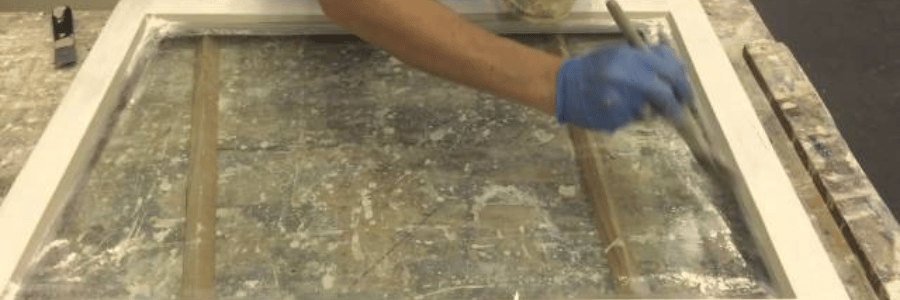
5. Weatherproofing
One of the most crucial aspects of window restoration is upgrading the weatherproofing. Install weatherstripping or caulking around the edges of the window to seal out drafts. You might also choose to install storm windows or insulating window films to improve the window’s performance.

6. Painting or Refinishing
Once the frame and glass are in good condition, it’s time to restore the finish. For wooden windows, this may involve sanding the wood and applying a fresh coat of paint or stain to enhance the beauty of the wood while protecting it from the elements. Metal windows can be primed and painted to prevent rust and preserve their appearance.
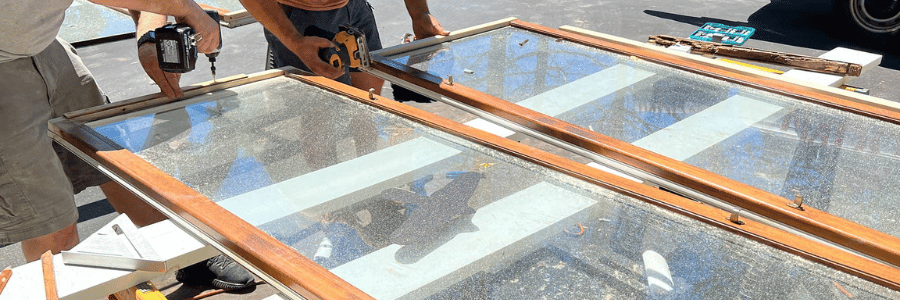
Considerations for Window Restoration
While window restoration is a highly rewarding project, there are some things to keep in mind:
1. Cost vs. Replacement
In some cases, restoration may not be worth the effort if the windows are too damaged or inefficient. If the cost of restoring old windows exceeds the cost of replacing them with new, energy-efficient models, it might be more practical to invest in replacements.
2. DIY vs. Professional Help
Restoring windows is a skilled process, and while some tasks can be done as DIY projects (such as sanding and painting), other steps—especially glass replacement, re-glazing, or repairing structural issues—may require a professional. Hiring an experienced window restoration specialist ensures that the work is done correctly and efficiently.
3. Historic Preservation Guidelines
If you’re restoring windows in a historic home, there may be local regulations or guidelines for maintaining the original architecture. Be sure to check with your city or town’s historic preservation office to ensure your restoration work complies with any rules in place.
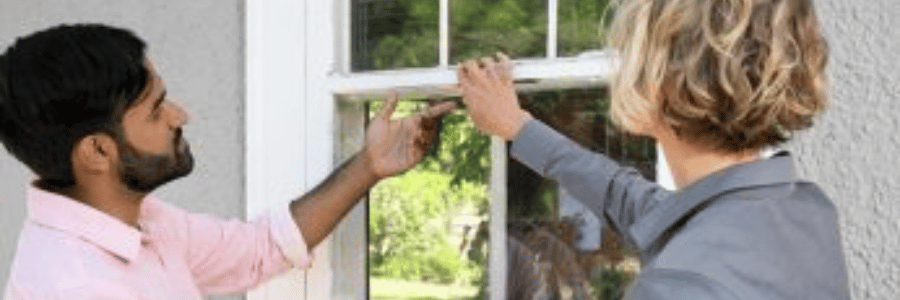
Final Thoughts
Window restoration is an excellent way to breathe new life into old windows while preserving the character and charm of your home. Not only does it offer a more affordable alternative to window replacement, but it can also increase your home’s energy efficiency, enhance its aesthetic appeal, and even reduce your environmental footprint.
If you have old windows that have seen better days, consider restoring them instead of replacing them entirely. With the right tools, materials, and a bit of know-how, your windows can be restored to their former glory—improving the look and feel of your home for years to come.

